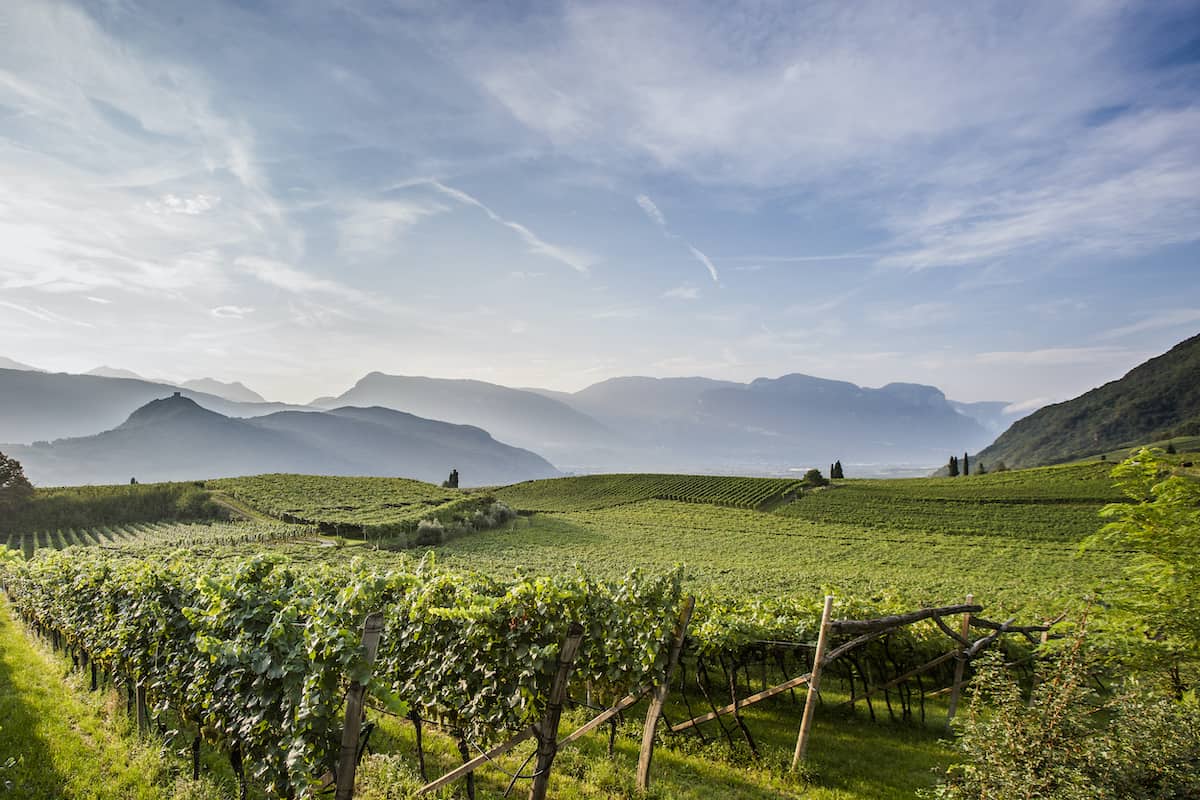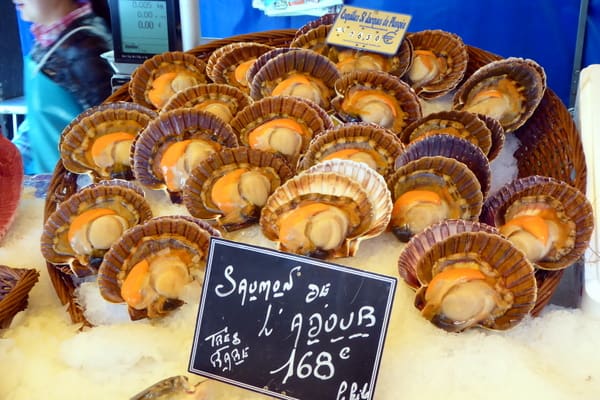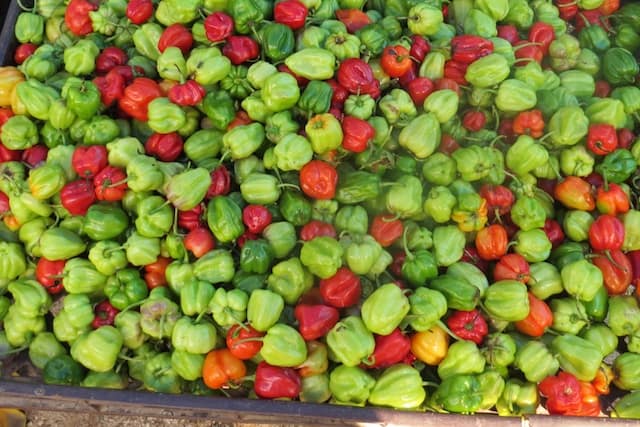Tasting the Wines of Alto Adige, Italy

Ironically, the pandemic has given many Italophiles the opportunity to stretch their knowledge of Italy from home. Although we can’t travel right now, we are always on the hunt for—and likely to find—new Italian foods, flavors, wines and traditions.
Through a couple of bottles of excellent wines recommended by a local wine shop, we recently became interested in Alto Adige (also called South Tyrol) and decided to learn more. This area is located in the north, part of the semi-autonomous Trentino-Alto Adige region.
Alto Adige borders Switzerland and Austria, reflecting cultural influences not only of Italy but also of its neighbors. Some 65 percent of the population in the area consider German their primary language.
Alto Adige: A mecca for wines

The Dolomite Mountain Range (a UNESCO World Heritage Site) passes through Alto Adige, making the alpine area popular with hikers, skiers and other tourists from around the world. Outside the more developed cities like Trento (its capital), fertile valleys with scenic views have lent themselves to the cultivation of wines and fruit trees along the hillsides for many centuries.
The region is best known for its high-quality white wines, Pinot Grigio and Pinot Bianco, but also produces excellent Pinot Nero, which we enjoyed with a lamb dinner. With medium-elevation slopes and soils rich in calcium carbonate, some say that the region’s terroir offers among the most favorable growing conditions for Pinot Nero in all of Italy.
Most of the region’s wines boast their dual citizenship: sporting labels in both Italian and German.
Our mini Alto Adige wine tasting

We tasted two wines from Alto Adige, an area with deep historical wine roots:
2017 St. Paul’s Winery Pinot Nero Riserva Passion
With a taste tending towards dry rather than sweet, the aromas of this DOC red wine were rich and multi-layered with pleasing hints of cherry and berries. It paired well with the cubes of Parmigiano-Reggiano cheese we had before dinner as well as with our lamb entree.
The 2017 vintage is said to be one of the best achieving a 92 point rating from Wine Enthusiast. Although Pinot Nero only accounts for less than 9 percent of the area’s total cultivation, its plantings have grown there for more than 30 years.
Dating back to 1907, the more than 100-year old St. Paul’s winery is located close to the medieval wine village of the same name, St. Paul’s, which is dominated by a Baroque cathedral surrounded by narrow streets and alleys. If you visit the winery, you can also stop at its wine bar.
2018 Tramin Pinot Blanco Moriz
A product of the Cantina Tramin growers’ cooperative, founded in 1898, this white wine has a creamy texture with hints of apple, pear, lemon and hazelnut. It is perfect as an aperitivo but also pairs well with seafood; we enjoyed it with seared scallops. In Alto Adige, it is often paired with Knödel, which are typical Tyrolean dumplings (another recommended pairing that’s more Italian: gnocchi). It even is packaged in a distinctive German-style bottle.
The grapes used to make Pinot Bianco perform best at high elevations; Wine Enthusiast rated this wine at 90 points. Visitors to the small commune of Tramin, which hosts one of the northernmost wineries in Italy, can arrange guided walking tours of the village with a focus on its excellent wines. Tramin is also home to the famous Gewürztraminer wines.
There are so many other areas of Italy we have yet to explore; this wine region is one of them!
IF YOU GO
- Learn more about Alto Adige Wines
- Travel safely in South Tyrol
Save to Pinterest!






